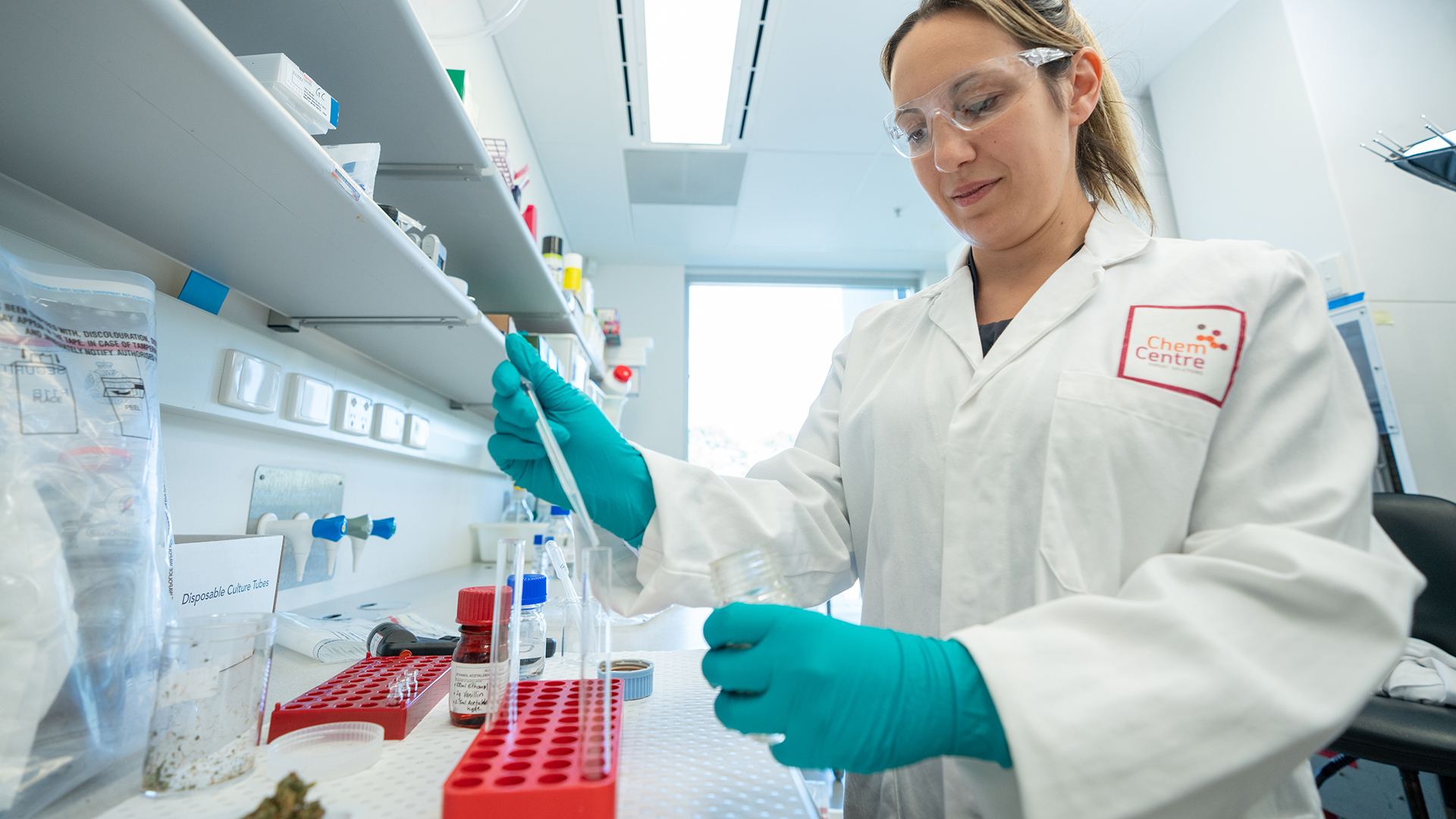Investigating a crime scene tends to look pretty straightforward on TV.
You find some fibres or dirt, and ‘the lab’ will tell you exactly where it came from in record time.
As you’d expect, the reality of CSI work is more complicated than our favourite shows suggest.
While police now have access to DNA databases to track down suspects, deciphering where trace evidence comes from can be much harder.
Established by the WA Government in the 1890s, ChemCentre is one of Australia’s longest-running testing laboratories.
The centre analyses mountains of evidence every day – a time consuming and complicated process according to the centre’s Forensic Chemistry Section Manager, Dr John Coumbaros.
“We’ve got a range of tools ranging from optical microscopy and electron microscopy through to analytical microscopes that allow us to characterise evidence,” John says.
“We base that work around the traditional Locard’s exchange principle, where every contact leaves a trace.”
"Ultimately, what we’re trying to do is create a triangulation between suspect, crime scene and victim.”
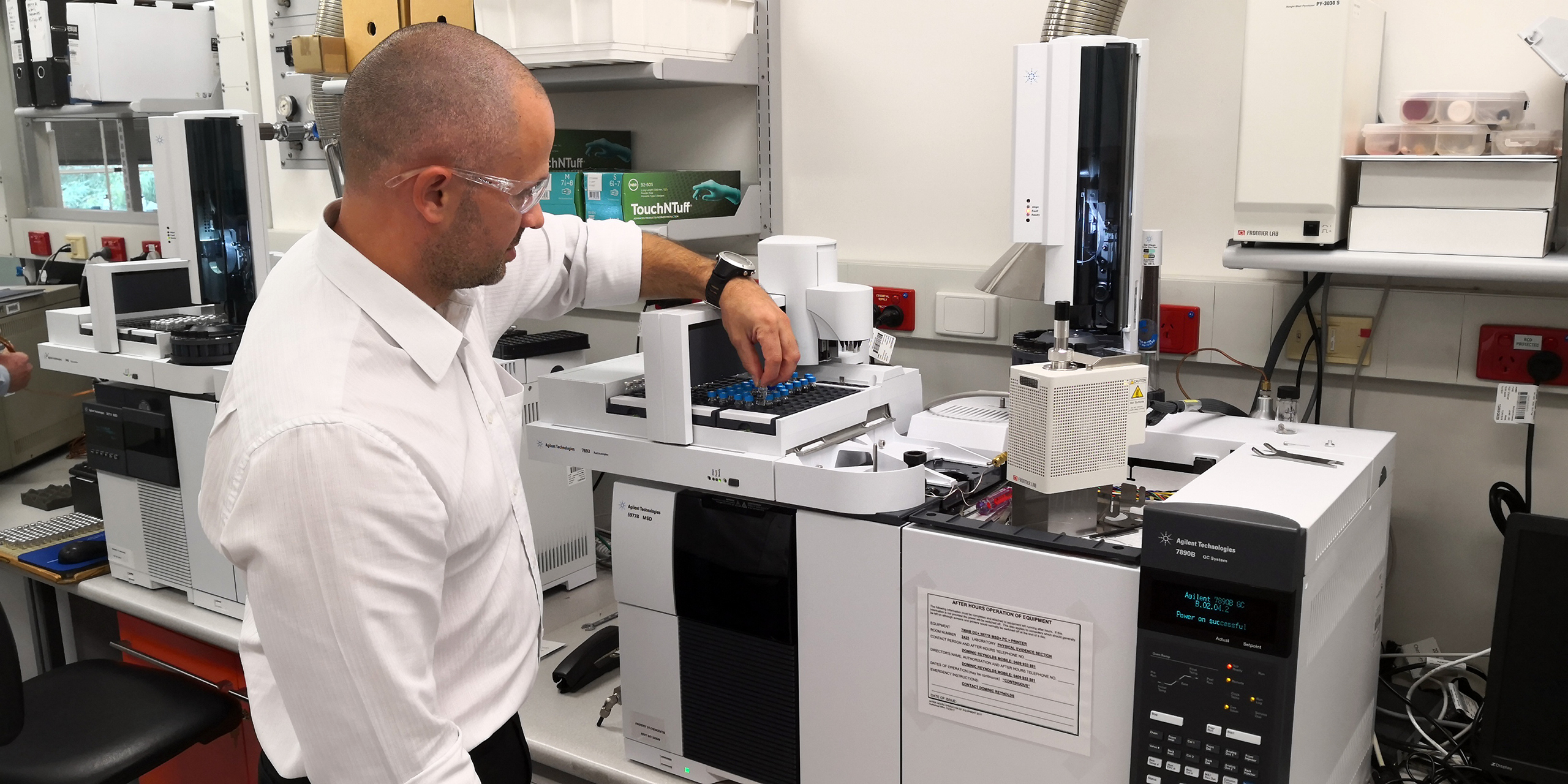
One by One
Over the past few years, ChemCentre has been tackling one of the more challenging areas of forensic analysis – trace evidence.
“A big innovation for us has been building a database for fibres,” John says. “We have started going out and sampling the population of fibres to get a greater feel for what’s out there and sampling reference fibre sources such as clothing and motor vehicle seats.”
Building the database is no small feat, with millions of blends of fibres in stores around the country.
“We looked at it and said, well, it’s a difficult task, but maybe we should start building a database around these evidence types to enhance their evidential value,” John says.
“For the WA Police, they can see the value of us doing the work, and the courts can see what the results actually mean in the courts context.”
Much like how DNA can be a strong piece of evidence in court, the fibre database helps identify individual fibres that could provide a lead in a case.
While this evidence is difficult to sort through, it has the potential to reopen cold cases or strengthen a conviction. And it’s got a lot to do with the shape of your threads.
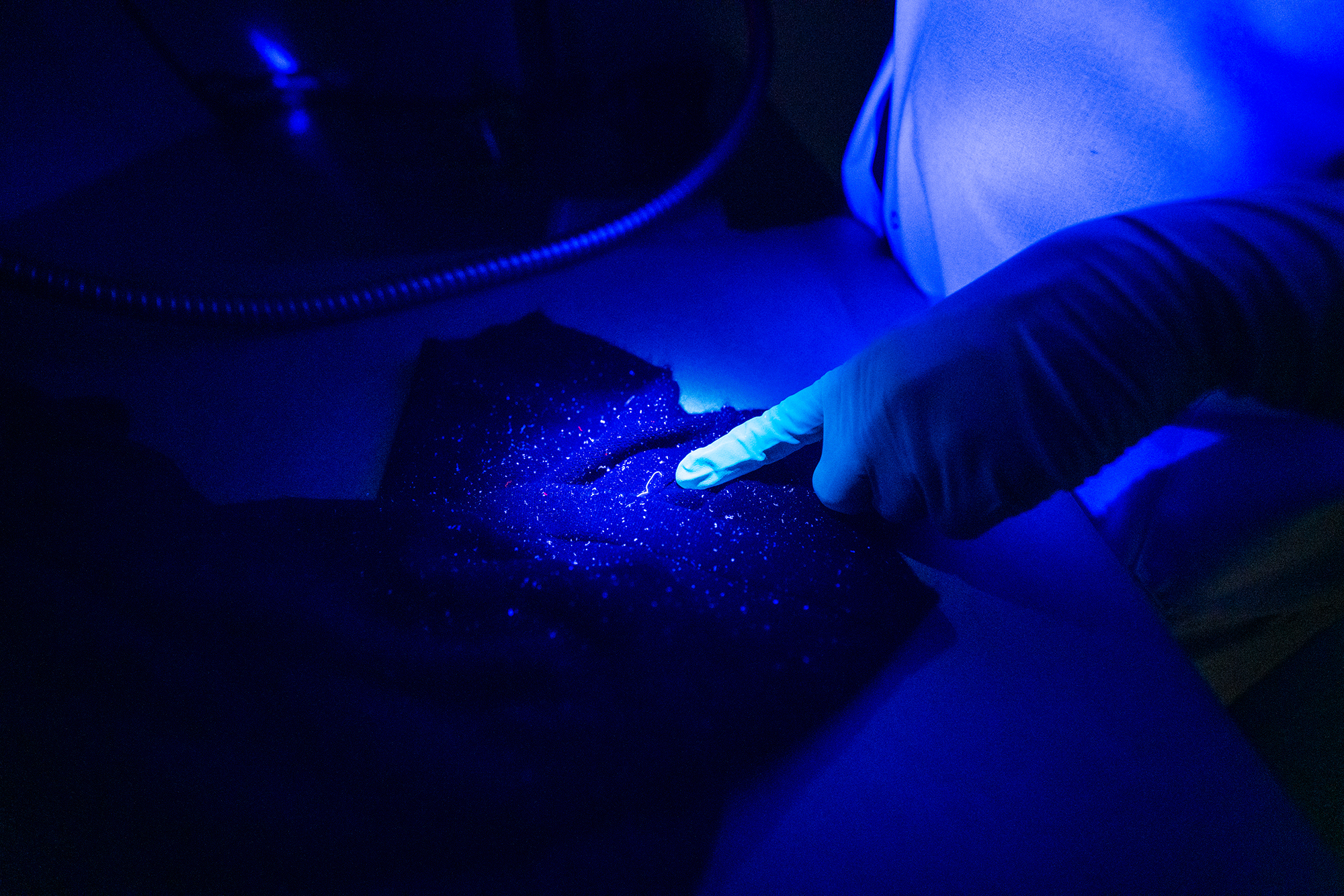
The shape and the colour
Take white and blue cotton for instance. Both are found in t-shirt and denim products. If you found these fibres at a crime scene, their use as evidence won’t be much.
But what if mixed in with those cotton fibres is something a bit more exotic like silk or cashmere?
It may have been in a limited run of a particular brand or a specific blend sold by one retailer.
And it’s not only the type of material that’s identified during fibre analysis. The structure, size, colour and manufacturing processes are also identified, narrowing down the fibre profile.
If this specific blend can connect a victim and a suspect, it can be a powerful piece of evidence in a case.
This classification process is one ChemCentre has excelled at, and it starts a lot more simply than you’d expect.
“A good way to classify fibres is just on colour initially,” John says. “We don’t rely on colour in the way the human eye sees it, because the way we perceive colour can be quite different.”
Through a microscope with a microspectrophotometer, the team measures the spectrum of visible light from the fibre.
These fibres are measured against the database by colour first, narrowing down the search field.
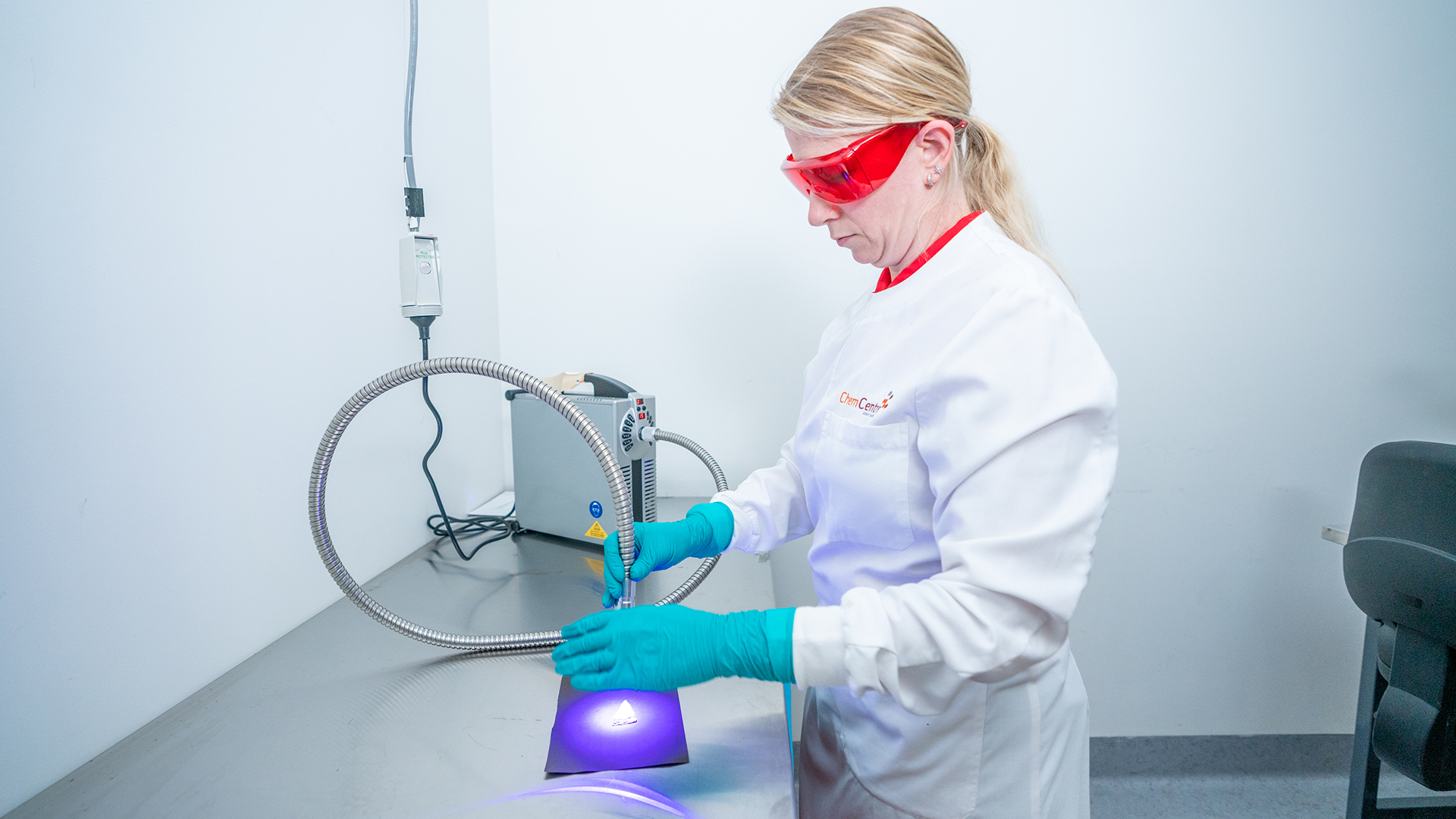
It’s then up to human eyes to find a match, confirming if there’s any evidence to connect the victim with the accused.
It might sound painstakingly slow, but without the processes ChemCentre has put in place, it could take much longer.
When getting it right means the difference between a killer walking free or serving a life sentence, accuracy and credibility are paramount.
Times like these
Another area of focus for ChemCentre has been in the illicit drug space, which saw a sharp rise in the sale of synthetic cannabinoids back in 2012.
“It was quite a challenging time,” John says. “The manufacturers of these cannabinoids were relatively ahead of the curve in that our legislation didn’t cover these drugs.”
These ‘legal highs’ saw forensic laboratories across the country focus on identifying these new chemicals – by no means a quick or easy task.
Due to the wide range of novel psychoactive substances turning up one after another, ChemCentre had to find a more efficient way to analyse these exotic compounds.
They combined their routine analysis with research grade chemical characterisation tools, quickly identifying what the Health Department needed to legislate.
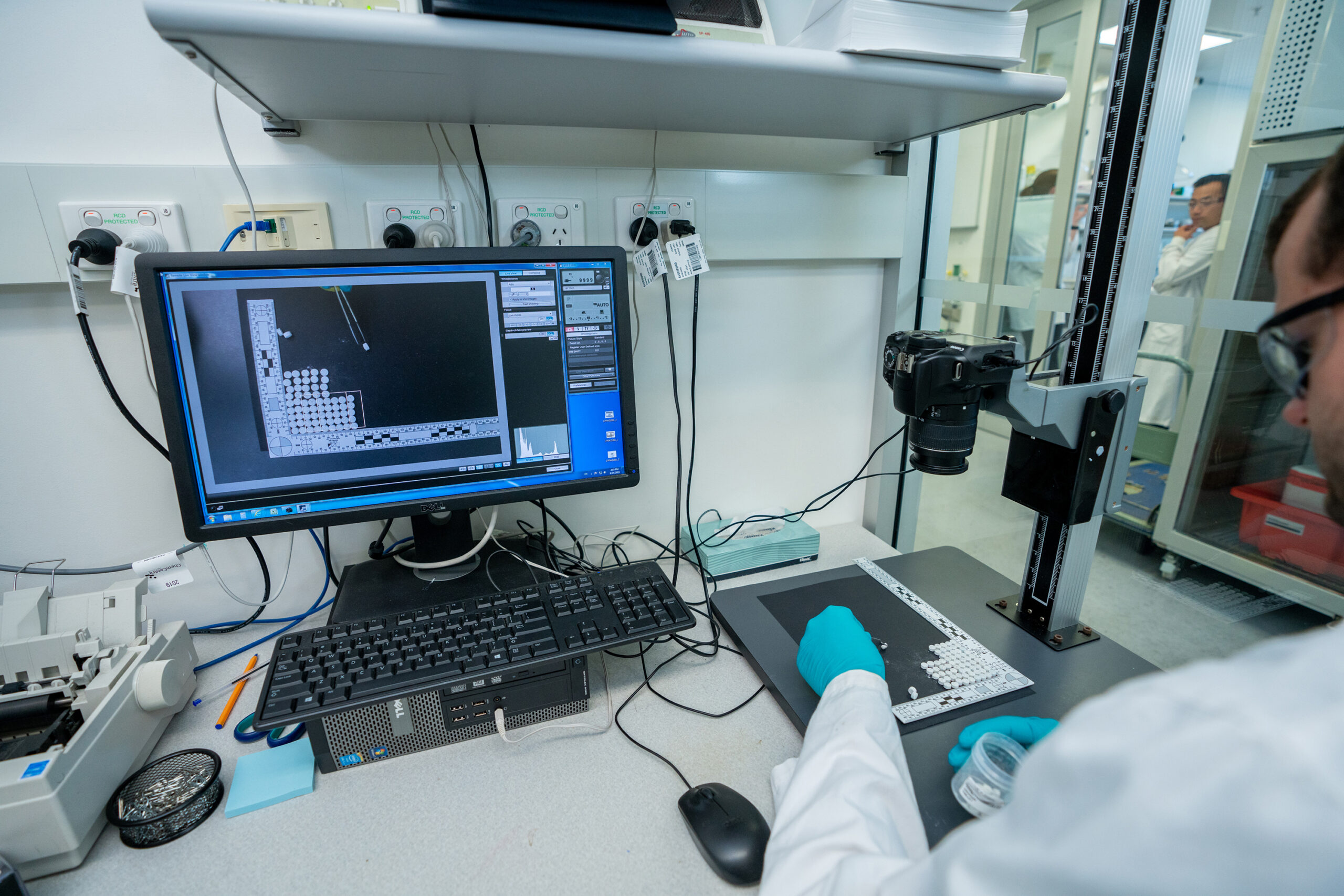
A matter of time
Despite how it’s represented in pop culture, forensic analysis can take a bit of time.
Due to the constant stream of work delivered to analysis centres around the country, a typical drug analysis can be quite complex, taking several weeks to complete.
In some special cases, authorities may work directly with ChemCentre to fast-track the analysis of a substance – such as when medical staff needed to know exactly what drug a group of backpackers ingested in early 2018.
“We had the Health Department and the police really wanting to put out an alert to the public,” John says. ”Within a few hours, we had a result around what the drug actually was, so the hospital toxicologists could give them the right treatment.”
“With physical evidence, it can be a case of how long is a piece of string? For example, in arson cases where we’re trying to identify the presence of ignitable liquids that may have flamed a fire, we can turn them around quite quickly.”
So next time you see a crime show where ‘the lab’ has the results back for a minor case in an hour, you now know the truth.
Their lab’s been slacking off – unlike the team at ChemCentre.


